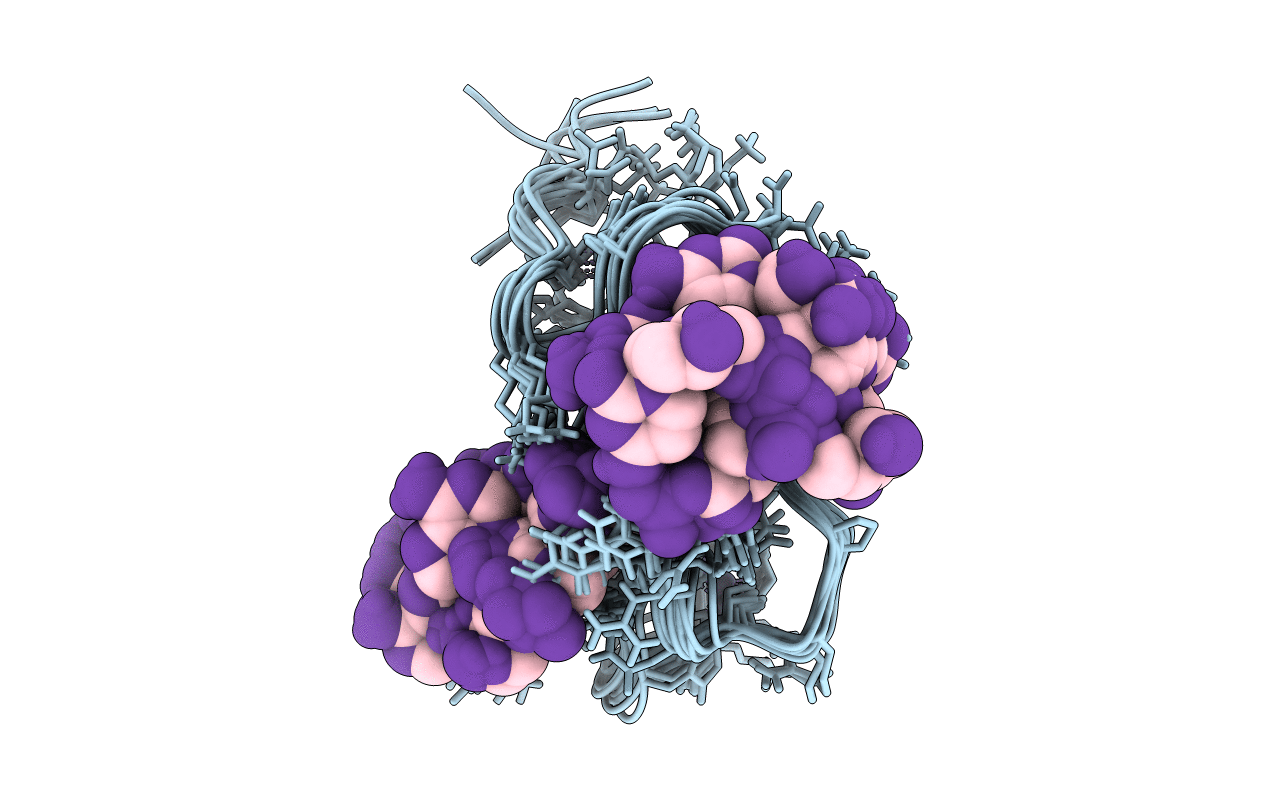
Deposition Date
1998-07-03
Release Date
1999-02-02
Last Version Date
2024-05-22
Entry Detail
PDB ID:
1BJ6
Keywords:
Title:
1H NMR OF (12-53) NCP7/D(ACGCC) COMPLEX, 10 STRUCTURES
Biological Source:
Source Organism:
Human immunodeficiency virus 1 (Taxon ID: 11676)
Method Details:
Experimental Method:
Conformers Calculated:
50
Conformers Submitted:
10
Selection Criteria:
LEAST RESTRAINT VIOLATION AND LOWEST TOTAL ENERGY


